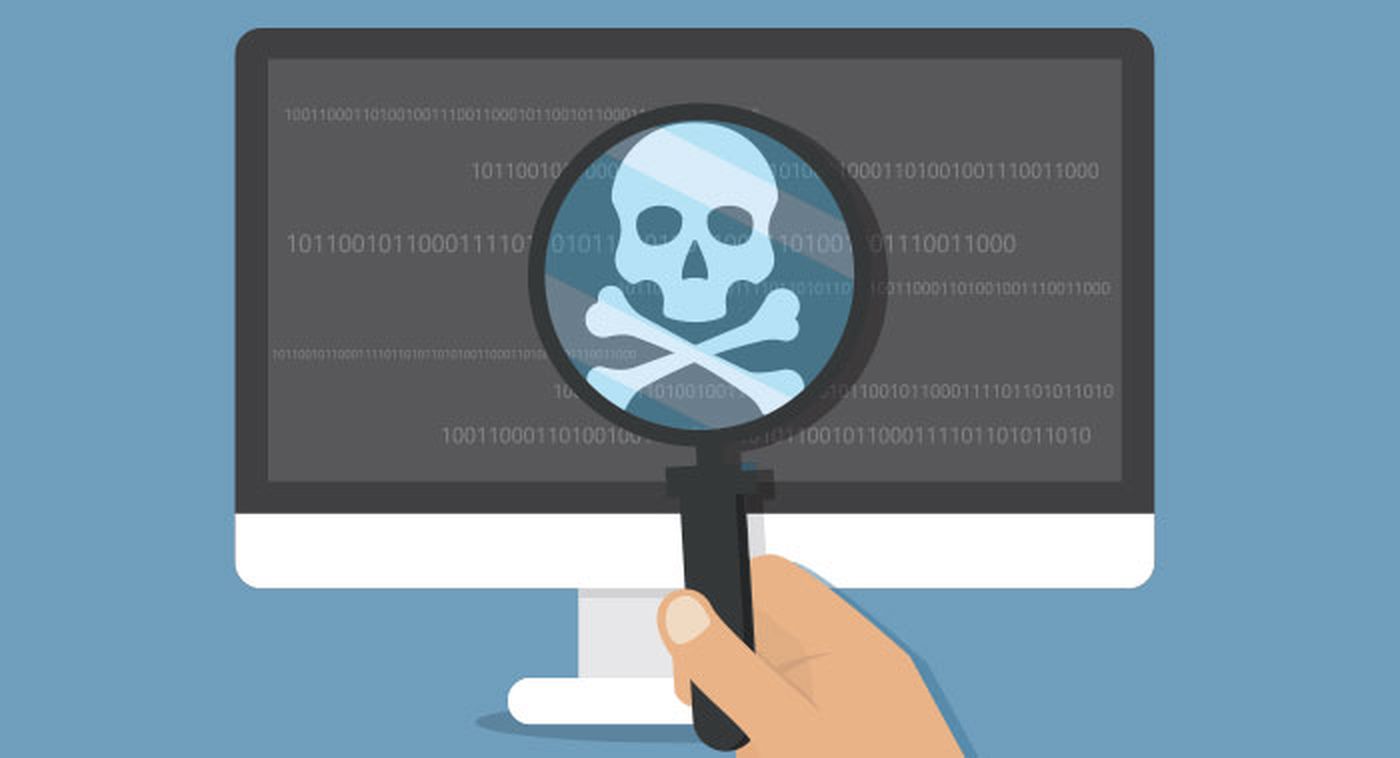Do you feel like you’re missing an opportunity in not being able to capitalize on the demand for cybersecurity? Expanding your offerings to include MSSP security services is a great way to scale your business, help more clients and bring in more revenue.
While MSPs focus on providing a broad range of IT services, MSSPs have a security focus. Cybersecurity may be a small part of what MSPs do, but for MSSPs, it’s all they do.
Any MSPs looking to serve a client’s potential cybersecurity needs must have an MSSP component to their team. Your current services may touch on cybersecurity, and align with industry best practices, but you won’t be able to provide clients the in-depth cybersecurity services they need without an MSSP division.
What is an MSSP and why is it important?
The acronym MSSP stands for managed security service provider. These IT professionals operate much like MSPs, but MSSPs only deal with security. Threat detection, incident response, and cyber threat resolution are all services MSSPs provide.
Organizations worldwide are scaling their digital presence and use of network services. The more time we spend in the digital realm, leveraging concepts like cloud technology and the Internet of Things, our need for cybersecurity becomes more pressing. It’s becoming increasingly difficult for companies to meet this demand internally as the global cybersecurity gap becomes more apparent.
Without the ability to build out their teams to accommodate these needs, corporate executives and IT managers are looking for an alternative solution. MSSP security teams and other managed service providers are becoming more viable options by the day. In fact, many MSPs should take stock of their current structure to see if they can accommodate this growing need for MSSP services.
MSSPs vs. MSPs
Looking at MSPs vs. MSSPs, many areas overlap. MSPs do often cover some cybersecurity services, but not to the level an MSSP would.
MSPs are typically aware of cybersecurity best practices and work to provide their services within that framework. MSSPs handle security on a more granular level and provide in-depth services like threat detection and response. As a result, you won’t experience the same level of protection from an MSP vs. MSSP protection.
Building out your own MSSP
Constructing a separate MSSP arm within your own internal team can be challenging and labor-intensive. You’ll need to decide if the “juice” is worth the squeeze of building an entire MSSP, meaning you’ll have to take time to strategize and assess whether there is a need for the full build-out of an internal team. Ultimately, if you decide building an internal team is the right decision, here are some things you’ll want to consider.
Integrating your MSSP into your operations
Most MSP operations offer a basic level of cybersecurity protection. While it can be effective, this layer of protection is mostly a byproduct of operating their other services within the framework of cybersecurity best practices.
The level of protection MSPs traditionally offer is far from that of an MSSP. To provide MSSP-level security, MSPs will need to integrate more complex cybersecurity workflows into their operations. This means acquiring the tools, skills, and sometimes talent necessary to build intricate cybersecurity workflows.
Additionally, cybersecurity threats don’t appear in an orderly fashion or on a standard 9-to-5 schedule. As such, in-depth cybersecurity protocols and procedures will need to fit into the framework of other services. Internal technology, workflow, and your workforce must all come together to keep things running seamlessly as you bring your MSSP online.
Essential MSSP staff
Staffing your SOC will be a massive part of getting your MSSP to a point where it’s operational. Here are the key roles you’ll need to fill:
To learn more about the most effective way to gauge talent during the interview process, check out our blog on the top 10 cybersecurity interview questions.
Essential MSSP tools
There are 5 primary tools you’ll want to focus on when building your own MSSP:
Merging or acquiring an MSSP
Some MSPs may already offer a portion of the cybersecurity an MSSP would offer. If that’s the case, they may be able to reposition themselves by offering a few more services to build out their cybersecurity offerings. The process may be slightly more challenging for other MSP teams starting from scratch.
MSP professionals starting their cybersecurity offerings from ground zero may want to consider a merger with an existing MSSP company or purchase one outright. Building out your own MSSP services internally may be enticing, but it can be time-consuming and involve mastering various cybersecurity skills and disciplines.
The technicians who provide MSSP services usually bring a wealth of experience to the table. If your internal team members don’t have enough experience with the necessary cybersecurity practices and tools, it may be challenging to provide MSSP security on your own. Furthermore, proper MSSP configuration requires a security operations center (SOC) that stays online 24/7.
In addition to the technical knowledge and SOC requirements, there is also a library of tools MSPs need to be familiar with if they’re going to support MSSP cyber security. You’ll also need to devote time and energy to outlining frameworks for your MSSP workflow, as well as the appropriate policies and protocols. Clients requesting cybersecurity services may also have their own industry-related compliance requirements you’ll need to be aware of.
Acquiring an existing MSSP business
As you can see, creating and operating your own internal MSSP operation can be an uphill battle if you’re not prepared for it. Acquiring an existing operation may be more feasible if you’re looking to expand your MSP business to include MSSP services.
The challenge with acquiring an MSSP business is the price tag. You’ll want to search out and purchase an MSSP entity that can match the operational maturity of your MSP services. An operation in that condition could come with a hefty price tag. Subsequently, acquiring an existing MSSP company may be a move reserved for larger MSP businesses with investment capital or a deep financial “war chest.”
Merging with an MSSP
Merging with an MSSP security team establishes a strong connection between your two entities and enables you to offer MSSP-related services. However, one aspect of a merger you should be aware of is that it’s somewhat formal.
When you merge with another company, no matter the industry, your operations become formally entangled with the operations and management of the other party. Think of the merger as a marriage. It’s crucial that you “date” the other party for a while before merging. You need to ensure that they fit your company’s core values, culture, and service offerings before you agree to join forces.
If done correctly, a merger can offer all the benefits of MSSP services without much downside. You’ll instantly gain access to an operationally mature security operations center and be able to expand your service offerings.
Since a merger with an MSSP happens on a much shorter timeline than building your own team, it enables MSPs to quickly adapt to the growing global IT skills gap. The need for cybersecurity services continues to grow, and an effective merger can allow you and your team to fill that gap for your clients.
If you’re curious how to find the ideal merger/acquisition match as an MSP, check out our webinar on the subject, Mergers and Acquisitions: A Matchmaking Process for MSPs.
Partnering with an MSSP
While building an MSSP or merging formally are some of the most common options, they aren’t the only ones. Partnering with an MSSP operation is a much more informal setup than a merger. This may be the best play for MSP outfits looking to add MSSP security services quickly.
Choosing an MSSP team as your business partner is essentially the same as a third-party vendor agreement. MSP companies can take advantage of all the skills and services an MSSP can provide while not compromising or changing their internal structure.
If a potential MSSP partner requires you to change your internal structure or download additional software tools, this should be a red flag. Partnering is typically the most accessible mode of collaboration with an MSSP and shouldn’t require much of a lift from your internal team.
Working with an MSSP in a partnership framework should be simple and flexible. As an MSP, you’ll be able to access all the skills, technical expertise, and tools necessary to grow your cybersecurity offering. You’ll also be able to scale as you see fit through the different packages and pricing most MSSP partners provide.
Naturally, ConnectWise is always here to help. Contact us anytime or visit our cybersecurity center to see the tools necessary to protect your clients in the modern-day digital landscape. We can guide you toward the proper setup for you and your clients and show you how our innovative cybersecurity tools can help you grow your MSSP offering.
This guest blog is courtesy of ConnectWise and authored by Frank DePrisco, senior product marketing manager, cybersecurity, at ConnectWise. Read more ConnectWise guest blogs here. Regularly contributed guest blogs are part of ChannelE2E’s sponsorship program.




